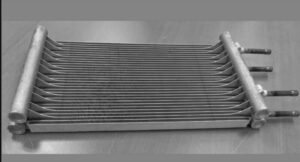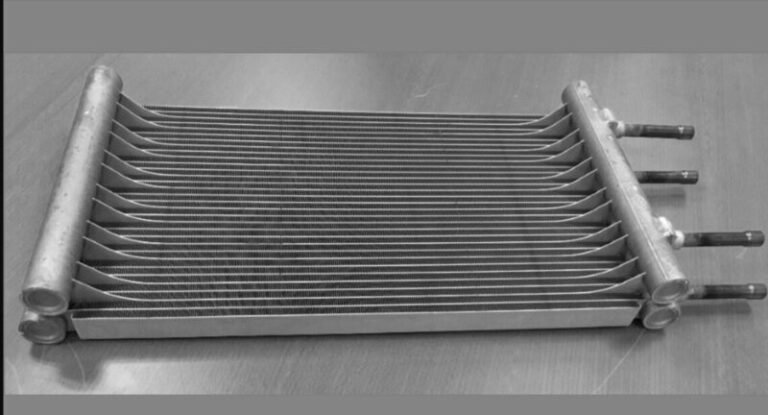Equity Linked Saving Scheme (ELSS) is a tax-saving mutual fund, which allows those people to invest in Rs. 1.5 lakh to achieve tax break under Section 80C. With ELSS funds, you get the benefit of getting the lowest lock-in of all tax-saving investments, which is three years. When you invest in ELSS investment, you will get higher long term returns. INR 500 is the minimum amount you can invest.
Why ELSS?
- Under Section 80C of the Income Tax Act, any deposit from INR 500 to INR 1.5 lakh is eligible for a tax deduction.
- It is a three-year lock-in investment, and after three years, you can withdraw the entire amount.
- Further, the profits you make after the maturity of the fund are not taxable. The explanation is that after a one-year lock-in period, equity investments are tax-free. The ELSS has a lock-in period of three years.
- The fund has a dividend option, under which shareholders are entitled to dividends even during the lock-in phase.
- There is vast potential for growth in this fund.
- Compared to the National Savings Certificate (NSC) maturity period of 6 years and the Public Provident Fund (PPF) maturity period of 15 years, ELSS has a short time lock.
How can I invest in ELSS funds?
- The shareholder should follow KYC. Instead, like any other mutual fund, you can invest in ELSS tax-saving mutual fund.
- You have to complete the required forms and either deposits the money through check or pay online.
- In both cases, an investment can be made in one-time and systematic investment plans (SIPs). You can deposit INR 500 every month through SIP.
- The advantage of investing in SIP is that it eliminates market turmoil and uncertainty.
- The only drawback of the ELSS fund is that its risk factor is higher than the investment made by PPF and NSC. Apart from this, it is the best fund in which you can invest.
How to choose a suitable ELSS?
- In-depth and detailed research is essential before investing in ELSS tax-saving mutual funds.
- Review the long-term efficiency of the fund.
- Carefully review the nuances of fund-investment strategies of directors, portfolios, expense ratios, and past performance of the fund.
- Since you cannot withdraw the fund before the end of your lock-in period, you will need to check your financial position before deciding on the right fund.
- The fund is best suited for non-risk individuals.
- You should start investing at a young age. As you start earning and start accumulating for a more extended period, it is best to invest so that you can receive better returns and interest during withdrawals.
What can an investor do after the lock-in period?
A shareholder will be able to withdraw all the money at the end of the closing time. Otherwise, they can continue with mutual funds until they achieve their financial goals and then redeem the amount.
Once, this fund gives the best long term investment returns, so it is advisable to hold the fund until you reach a reasonable profit level.













